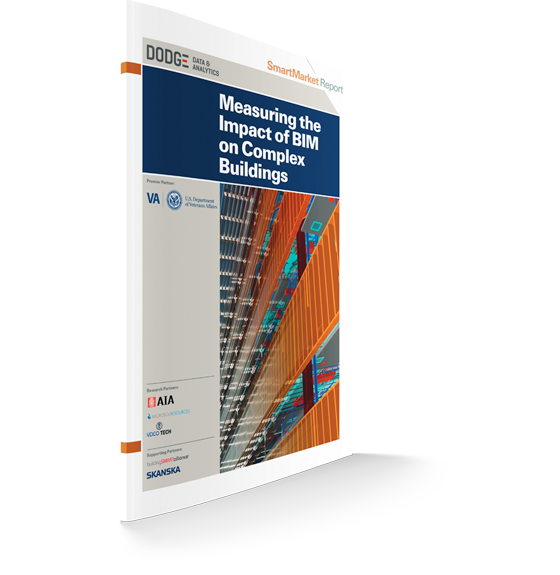A tool is only as good as the results it produces. The compelling business case for Building Information Modeling (BIM) hinges on the ability of users to demonstrate tangible and meaningful improvements repeatedly to a variety of project outcomes, positively impacting all key stakeholders. Because those stakeholders’ fates are intertwined, the positive impact of BIM is cumulative through successive stages of a project, with design and preconstruction benefits contributing directly to improving downstream construction outcomes. When well deployed, building information modeling can benefit the entire project delivery process for everyone. And, ultimately, owners can leverage key data from model-based processes for decades of enhanced operations.
This study focuses specifically on how much BIM is contributing to improved outcomes on complex building (e.g., hospitals, laboratories, manufacturing) in successive stages of design and construction, where execution is most challenging, risk is typically greatest and the need for improvements is critical. It establishes baselines for:
- The current level of positive impact BIM is generating on 23 distinct project outcomes in 10 categories
- Metrics for the current degree of positive impact from building information modeling on six of the most important of these outcomes, and a forecast for future impact
- The current state of model usage for facility management
- Factors for success and obstacles influencing BIM’s measurable impact on complex building
We want to acknowledge the support of the U.S. Department of Veterans Affairs as the Premier Partner for this research, and their commitment to improving project delivery with BIM, as well as the numerous other organizations who helped to get their members and customers to complete the survey for this research.

